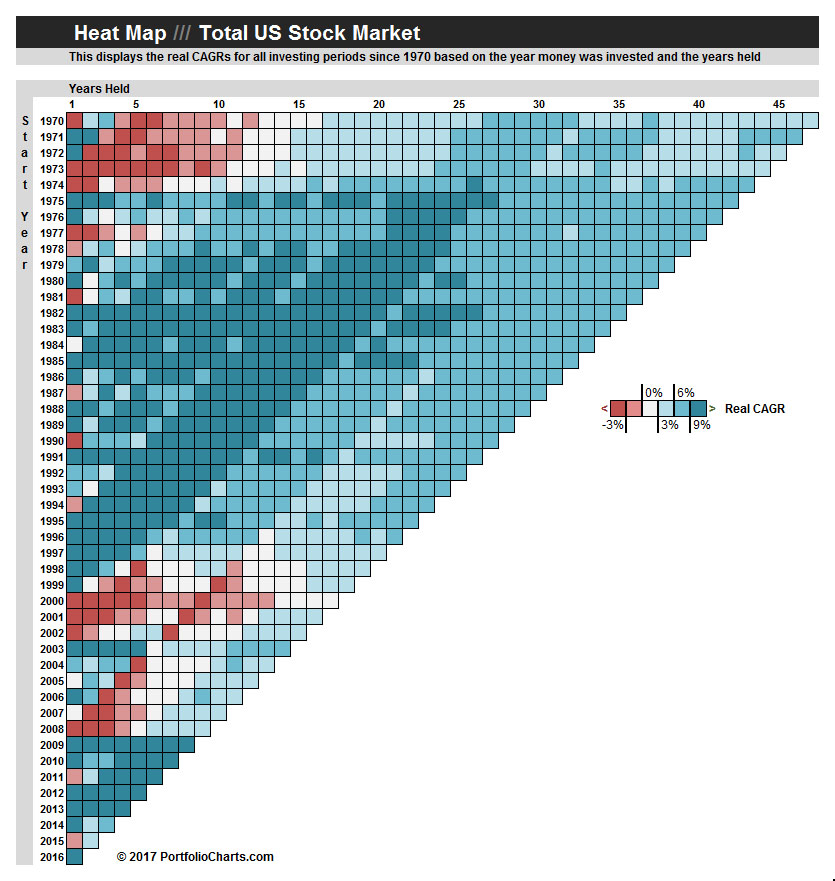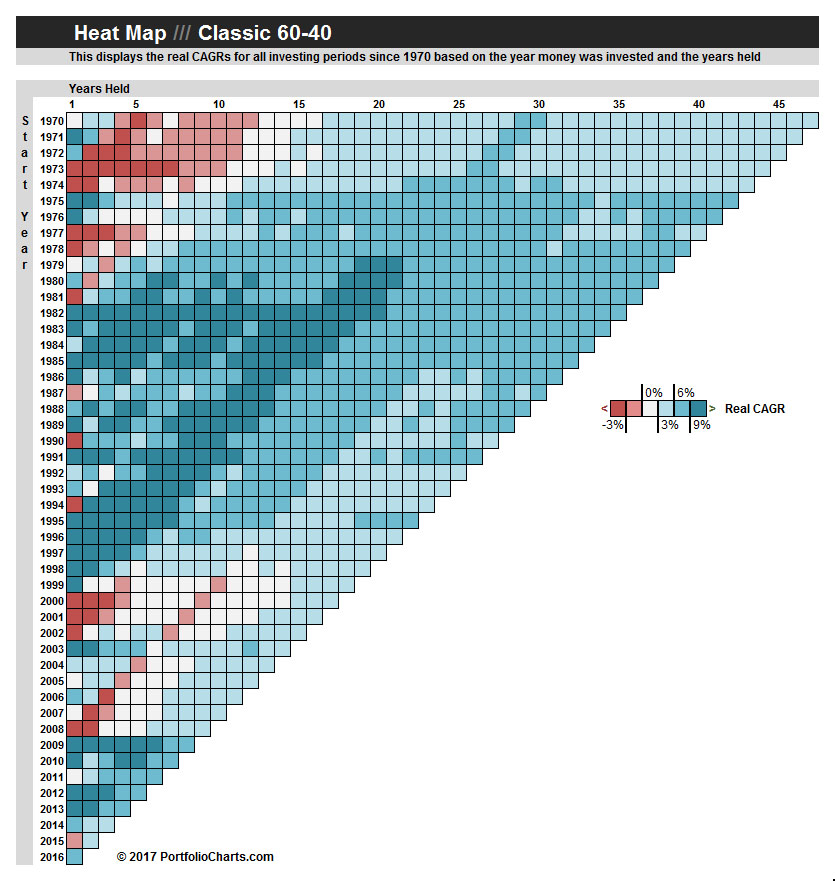Snidely Whiplash
Recycles dryer sheets
- Joined
- Apr 12, 2009
- Messages
- 206
John Montgomery of Bridgeway Capital wrote "Surviving A Bear Market" article which you can find at this link:
How to Survive and Succeed Through a Bear Market | Antler Financial Services
If you look at the chart at the bottom of Page #5 you can see the "Peak to low" and "Low to previous peak" in months of the last several bear markets (excluding the 2008 bear market). I couldn't get the chart to format properly in this post so I provided the link above. Other good information in the article.
How to Survive and Succeed Through a Bear Market | Antler Financial Services
If you look at the chart at the bottom of Page #5 you can see the "Peak to low" and "Low to previous peak" in months of the last several bear markets (excluding the 2008 bear market). I couldn't get the chart to format properly in this post so I provided the link above. Other good information in the article.



